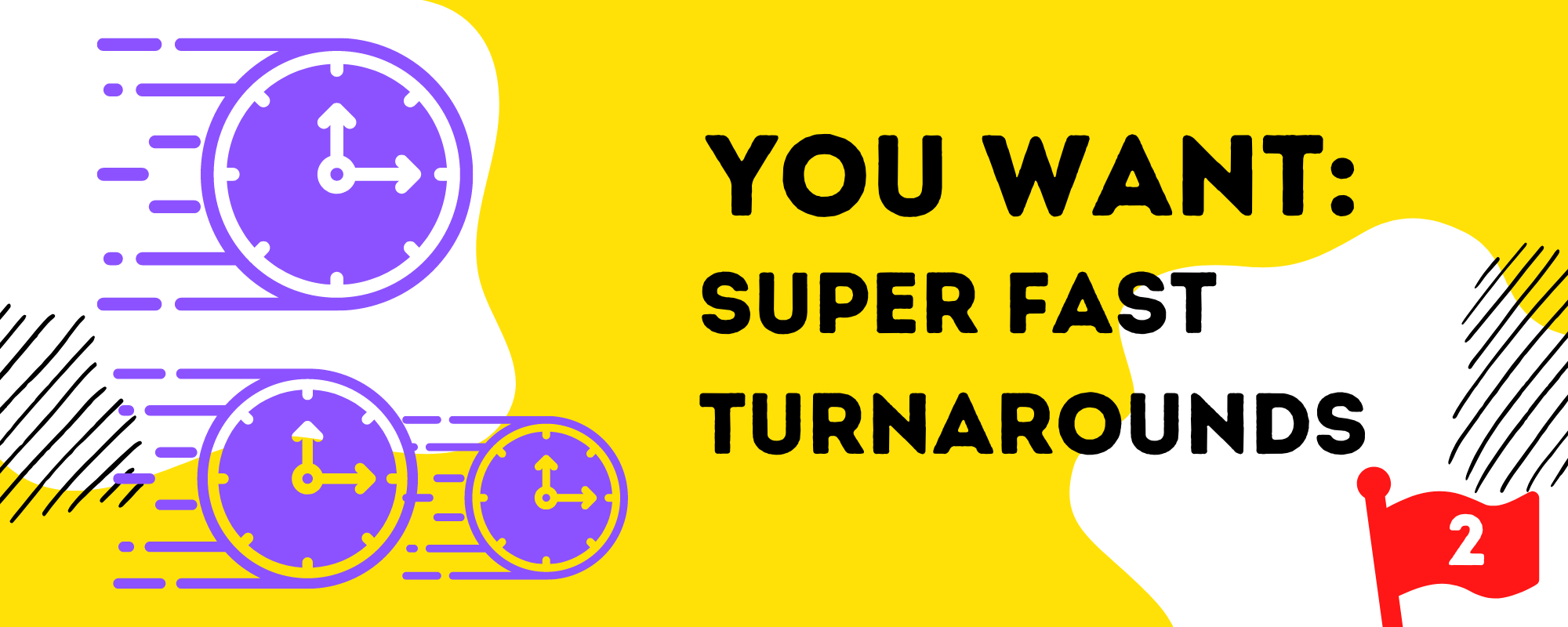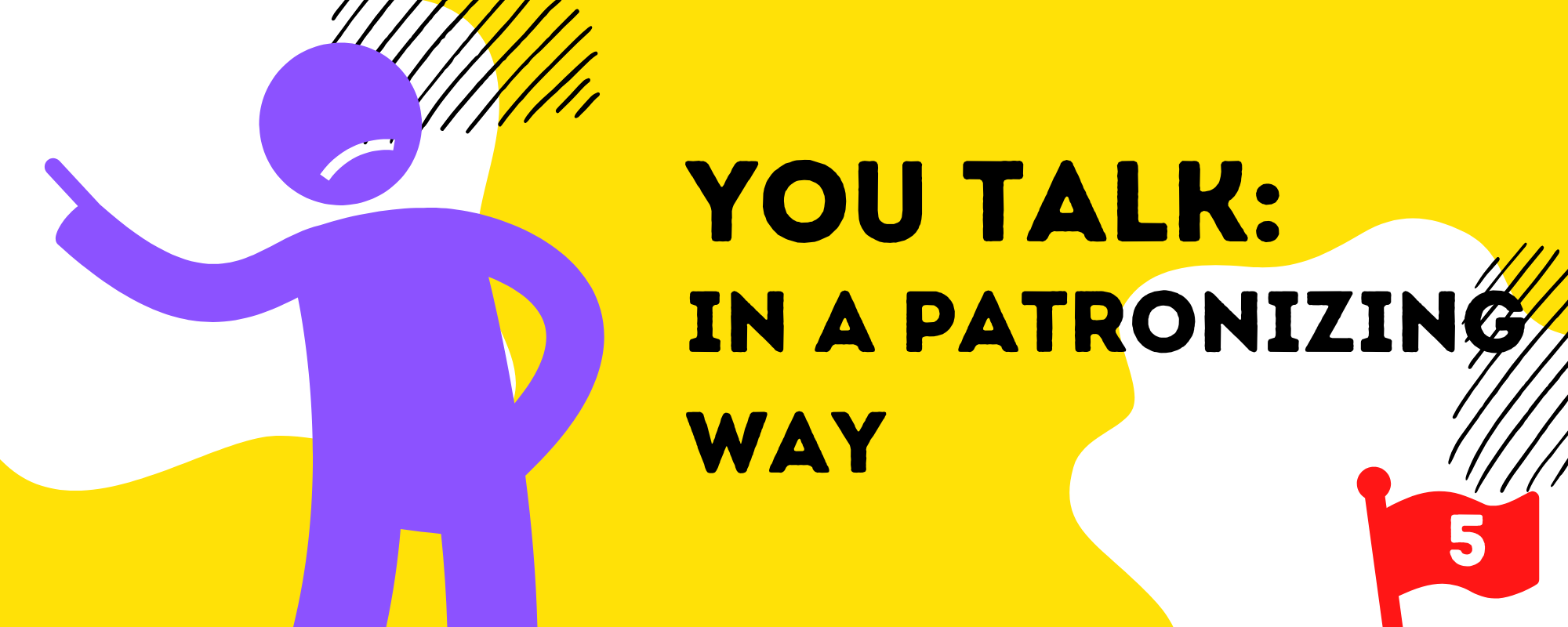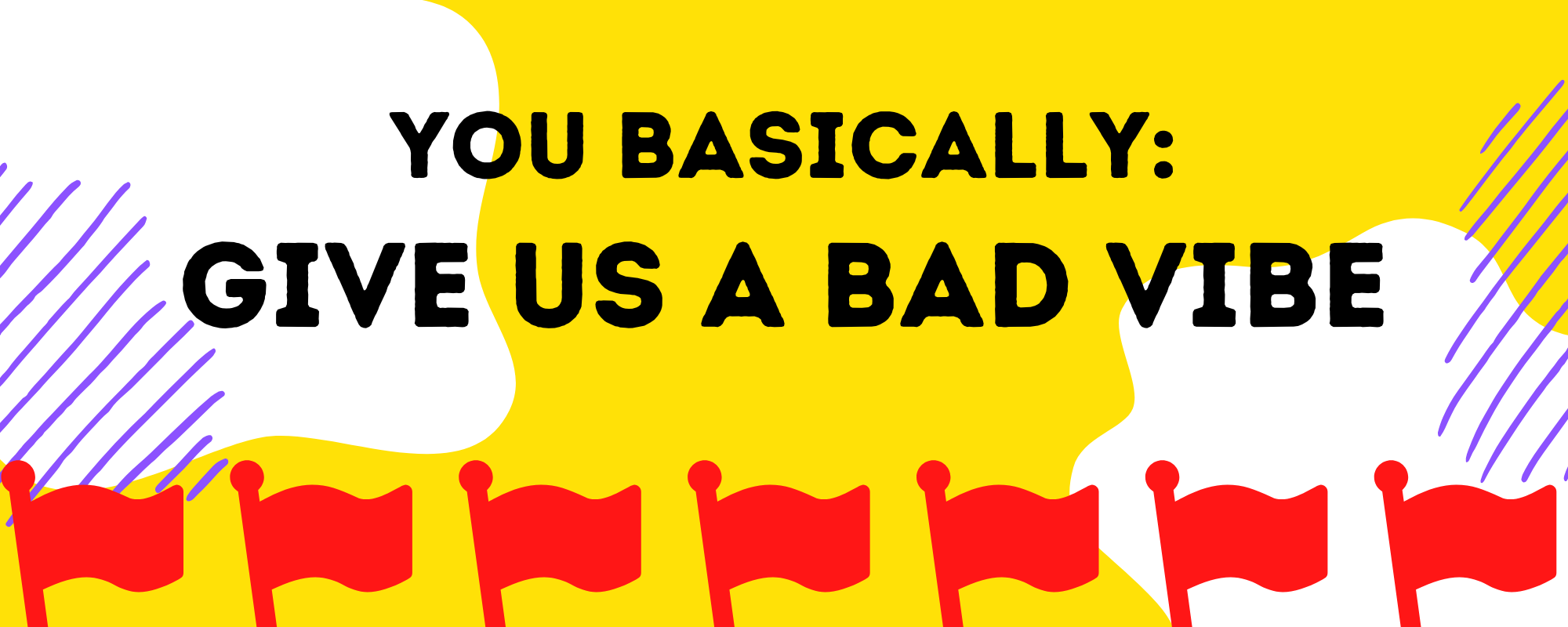
8 Reasons You Might Suck At Outsourcing and How to Fix Them
CATEGORIES
Tags
24/7 analytics australia automation Business Process Outsourcing company Copywriting CRM customer support data data and analytics Delegate digital digital advertising digital marketing Digital Support Staff ecommerce Email Management Email Marketing Entrepreneur Freelance Writers google ads graphic design Hiring Freelancers Marketing offshore offshoring ominchannel support organizer outsource Outsourcing Philippines Project management reporting seo seo audit Shopify Small Business social media Social media experts social media management United States video Virtual Assistant Virtual Team
Problematic clients make everything difficult when they delegate tasks, whether it’s through their employees or outsourcing. While it’s a sound argument that as professionals, we should know how to handle difficult clients (and we do), it’s also the responsibility of the client to make the work as smooth as possible.
When you don’t, the work takes longer or simply does not get done. Why?
- No one with a modicum of talent will continue working with a difficult client – there are too many good clients.
- You speak to agencies but your red flags don’t get you past the screening process. If they do take a chance and onboard you, they soon end up dropping your project.
Simple as that.
The honest language applied, these are crappy traits no one wants to touch.
To keep our sanity and avoid wasting time, we choose not to work with clients who show any of these red flags.
1. You want work done super cheaply.

We’ve seen clients with quotes influenced by “going rates” they’ve seen from freelancing platforms. Rock-bottom, minimum rates. This is unfair and unrealistic (not to mention illegal and unethical). We deliver quality work. We know what it’s worth.
Working with digital outsourcing businesses based in the Philippines is already cost-effective, with much lower rates than what you might pay for freelancers, contractors, or agencies based in the United States, Australia, or other English-speaking countries.
Clients who attempt to lowball give us bad vibes. We love clients who are open and receptive to the scope of the work they want to be done.
The fix: To get a ballpark figure of the rates, speak to agencies. Most have a ready-to-go talent pool with the level of experience and skills you need for your task. You’ll typically see “Get A Quote” forms or even package rates on their websites.
Yes, you need to research a bit. That brings us to reason number two.
2. You want work done super fast

Wanting to work at super cheap rates is just poor research, poor planning, or both. Wanting work done super fast just tells us you might know nothing or too little about the work you want to be done, and you’re expecting a miracle fix.
In the first place, it’s a lack of consideration. You assume all your specialist’s time will be devoted to you, when in fact most talents in digital have multiple clients and projects. This lack of consideration is a red flag by itself.
And then there’s the fact that you don’t seem to be aware of the realistic timeline for your task, or you chose to close your fist around it tight without wriggle room.
Yes, many of us can work or even thrive on tight timelines–taking pride in our ability to use tools and techniques to get a task done in half the time– but not too tight.
The fix:
- Research the timeline and processes it takes to get your task done. You don’t have to deep-dive into it. The point of outsourcing is so that tasks stop taking up your time. But a quick Google search does the trick;
- OR just speak to your agency and your assigned specialist. That’s the other, bigger point of outsourcing, especially if you outsource to a digital agency like us: you work with trained and experienced talents who know what they’re doing.
- Be prepared for the answer. Your task might take a day, a week, or a month. This is after you’ve made contact and after the onboarding process. Get this task out there with plenty of time before you need or want it completed.
- If you still need it done super fast, expect to pay more.
3. You want work done super cheap and super fast (Errr…)

Of course, we can accommodate looming deadlines. But this means you pay for the skill and talent it takes to do that work quickly and nicely, with possible overtime or a task shuffle within the team (which possibly delays another client) to help with the task overflow so your specialist can focus on your task.
It will be done. It will be good. It won’t be cheap.
The fix: Pick one. It’s either fast, achieved by experts through a combination of talent, time management, and teamwork, or it’s cheap, meaning the work is done piecemeal to match your proposed rate. And this is if it’s accepted at all. By “cheap,” we still mean acceptable.
The real fix is to avoid this.
Digital workers worth their salt avoid tight deadlines. It’s part of smart time management. Circumstances can change any day, any hour. Everyone leaves a good margin so that any unforeseen events don’t affect work turnaround.
4. You expect mind reading

Next to expecting the cheapest rates and demanding unrealistic fast turnaround times, this is perhaps the most problematic. You give confusing instructions and you expect us to understand.
There’s a level of experience and expertise that does allow us to fill the gaps in your communication. Even here, however, you need to get back to us on what we understood accurately and what you need to clarify.
We’ve seen rather opaque videos and written briefs, and vague ideas on concepts for graphics or website design.
The clearer you know and state what you want, the likelier it is you’ll get exactly that.
Unfortunately, even with our detailed forms that the client only has to fill out, we still get unhelpful answers to those specific questions. The result? You raise a red flag of poor communication. We don’t get into your project.
The fix: Pretend as if you know absolutely nothing about your project and that task you’re about to outsource. What would you need to know if you are about to take on this task?
- What’s the task?
- What/who is it for? What’s the purpose of this task? Think of your goals. What do you want to achieve with this?
- Is it a one-off project, or ongoing? Then you might want to add criteria for someone you want to work with long-term.
- What do you expect to be submitted to you? What do you want to see?
- Look at websites, articles/blogs, or graphics you like. Do you want the same style? Or something similar but a little different?
- What do you NOT want? This is important, too.
- When do you need it?
- Ask yourself if you’re giving yourself and your potential outworker a good margin of time, on top of the time it takes for onboarding and other necessary preliminary tasks before the work actually starts
5. You communicate in a patronizing way

That said, we’ve worked past all the above when we like the client, and sometimes this client becomes one of our favorite people.
The client may have some delusions– I mean, er, mistaken beliefs– about rates and turnaround times, and might need careful coaching about their task information and requirements, but we happily take all that on because they’re a good person, likable (This means they were accommodating about acceptable rates, turnaround times, and our pitches for the project).
On the flip side, we’ve had leads and clients who posted a good rate and seemed to understand their project in and out, but we ended up refusing to work/continue working with them because they’re, well, obnoxious.
The fix: I don’t really see suggestions for the fix here. It’s common sense, and courtesy. We’re here to assist you and make your workload more manageable, so be nice.
Perhaps stick to shorter, professional replies, addressing us by our name, if longer ones might include a certain tone you might not mean to be there at all.
6. You tend to nitpick after the work is done, after not giving us details about what you wanted

This echoes clients who expect to mind-read. At USource, we don’t commence work until we agree on how to proceed. We even submit a trial draft to give our clients another opportunity for specific feedback.
After the initial task information and feedback, we get started. Your team member provides regular updates, allowing you to provide feedback. Details on what works and what doesn’t.
The final output isn’t something we just present willy-nilly.
- Our work goes through internal reviews and revision/s, overseen by team managers (in the background)
- We carefully review and interpret your preferences and comments. We listen to you.
So do give us helpful feedback while the work is being carried out.
The fix: Be detailed on every round of submission. It saves time if you always give feedback.
And I mean feedback, not nitpicking. The former is helpful and steers us in the right direction. The latter requires mind-reading and plenty of grace.
If you end up needing a minor or major course-correction midway through the work, communicate that as fast as you can, and understand that it will take time again to redirect the work, depending on every situation.
7. You want to tell us about your previous bad experiences

This just tells us you might do the same to us when you speak to another specialist from another digital outsourcing company.
When you badmouth other workers/agencies or tools and platforms you used, it’s a red flag to us in several ways:
You didn’t appreciate their work (you might not appreciate ours)
You might not have given enough task information or done due diligence during the interview and the hire, so you ended up with a bad egg (you might also be difficult about the task with us)
You might probably have genuinely been scammed by a freelancer or agency before. However, it’s not a relevant part of the discussion now as you speak with us.
The fix: It depends on every situation and every kind of client. We sympathize. We do our best so our clients feel important and cared for. The best thing is to focus on giving the task information and communicating clearly about your expectations now.
8. You promise rivers of gold with future work before starting

It’s the established line of people about to lowball us and demand fast submissions at the same time so we can grab all those piles of future work. Ahh, nope.
The fix: Even if you do have a lot of work for us down the line, it makes perfect sense to work with us first and see how we do. This trial period goes both ways.
You see if you like your outworker and the digital agency. If you do, you outsource more.
We also see if we like you. If you haven’t given us any of the red flags above, chances are, we do! We happily welcome more of your work.
Bonus: You simply give us a bad vibe

In the same way, you follow your gut, we do that, too. We don’t work with clients who give us a bad vibe. They could be waving one or several of the above red flags. Or their business isn’t a niche we want to work in.
That latter case isn’t a complete dealbreaker. We have team members who welcome all sorts of niches because they’re curious and adventurous.
Truth be told, in most instances when we onboard a new client we’re taking on a problem of some type – something a client doesn’t know how to do, want to do, or have time to do. We get that. We’re problem solvers, and we like it. But a bad vibe, we don’t work with that.
The fix: See if any of the above red flags might come up for you and your style in working and communications. If yes, fix it. It’s worth it.
We’re the first to admit we don’t get it right every time. We’re human, too. When we genuinely screw things up, we eat humble pie, and find a solution and help get things back on track.
Outsourcing takes a lot from your plate, especially if you work with an experienced digital outsourcing company like ours.
Having worked with thousands of clients from the US, Australia, Canada, the UK, and New Zealand, we have seen a great deal. We’ve spoken to a lot of clients. We’ve met plenty of characters.
We know what works, what doesn’t, and how to deliver the most from offshore digital teams. That said, we love what we do because we avoid clients who take the joy out of our work. 🙂

